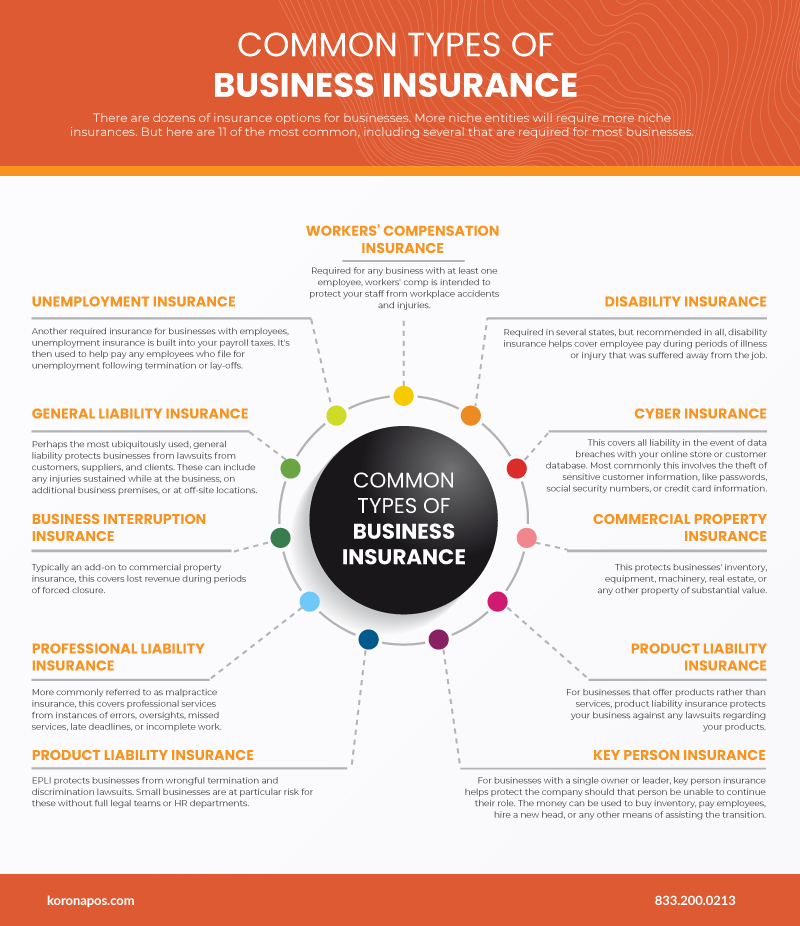While 137 business used policies in 2001, an actuarial company reported that just 17 providers sold traditional long-term care policies in 2016.
Long-lasting care insurance coverage (LTC or LTCI) is an insurance item, offered in the United States, United Kingdom and Canada that assists pay for the expenses associated with long-lasting care. Long-lasting care insurance covers care usually not covered by medical insurance, Medicare, or Medicaid. Individuals who require long-term care are usually not ill in the conventional sense but are not able to carry out 2 of the 6 activities of day-to-day living (ADLs) such as dressing, bathing, eating, toileting, continence, moving (getting in and out of a bed or chair), and strolling. Age is not an identifying factor in requiring Additional reading long-lasting care. About 70 percent of people over 65 will require at least some type of long-lasting care services throughout their lifetime.

Once a change of health occurs, long-lasting care insurance coverage may not be readily available. Early https://www.dreamlandsdesign.com/how-do-timeshares-work-exactly-guide/ beginning (before 65) Executive Timeshare Marketing Reviews Alzheimer's and Parkinson's illness occur seldom. Long-term care is an issue due to the fact that individuals are living longer. As individuals age, sometimes they require assist with everyday activities of everyday living or require supervision due to serious cognitive impairment. That impacts ladies a lot more since they often live longer than men and, by default, become caretakers to others (How does insurance work). Long-lasting care insurance coverage can cover home care, helped living, adult daycare, break care, hospice care, nursing home, Alzheimer's centers, and home modification to accommodate specials needs. If house care coverage is bought, long-term care insurance coverage can spend for home care, typically from the very first day it is required.
Lots of specialists suggest shopping between the ages of 45 and 55 as part of an overall retirement strategy to protect assets from the high costs and burdens of prolonged health care. Other benefits of long-lasting care insurance: Numerous people might feel uneasy counting on their kids or relative for assistance, and find that long-term care insurance coverage might help cover out-of-pocket expenses. Without long-lasting care insurance coverage, the expense of providing these services might quickly deplete the savings of the private and/or their family. The expenses of long-term care differ by region. The U.S. federal government has an interactive map to approximate the expenses by state.
The quantity of the deduction depends on the age of the covered person. Advantages paid from a long-term care contract are generally omitted from earnings. Some states also have deductions or credits and profits are constantly tax-free. Business deductions of premiums are determined by the type of service. Usually corporations paying premiums for a worker are 100% deductible if not included in employee's gross income. In the United States, Medicaid will offer long-lasting care services for the poor or those who spend-down properties since of care and exhaust their possessions. In many states, you must invest down to $2000. If there is a living spouse/partner they might keep an additional quantity.